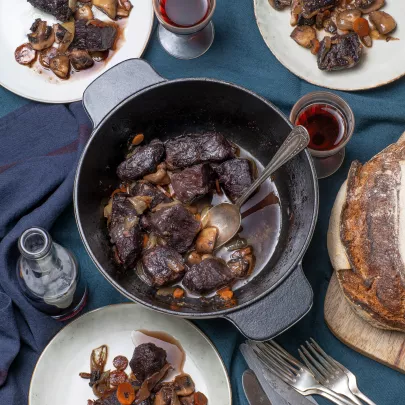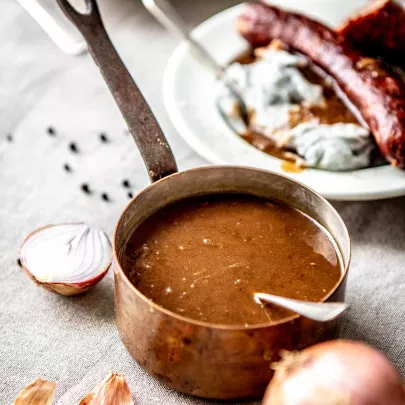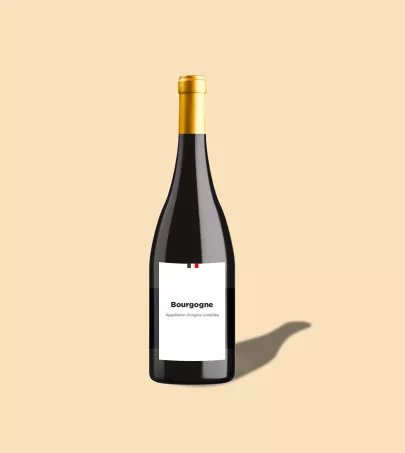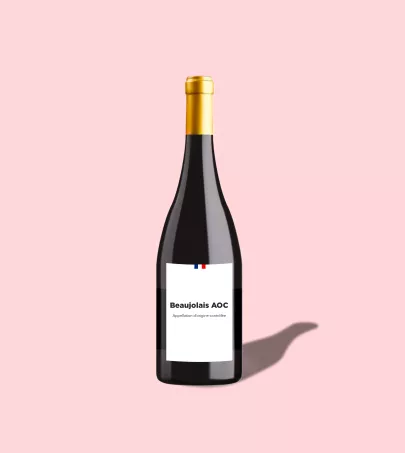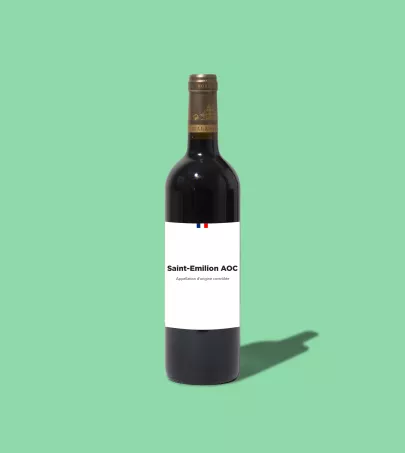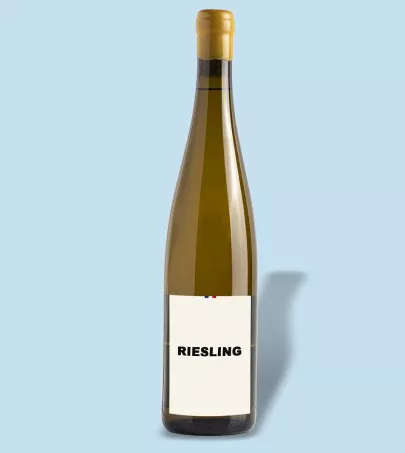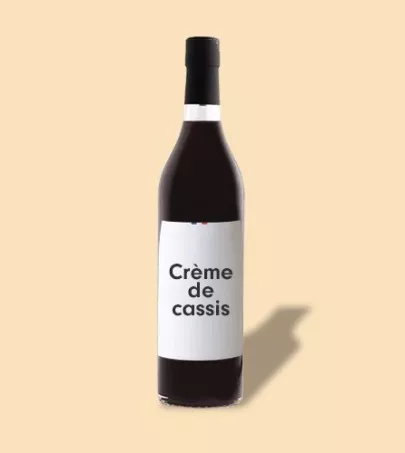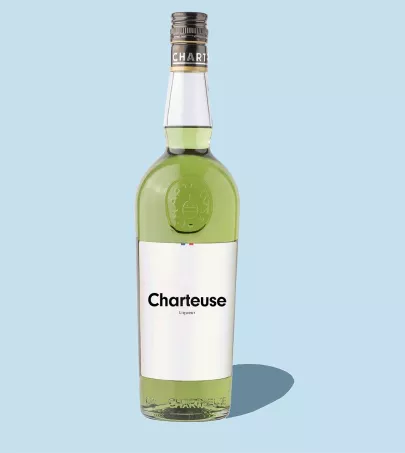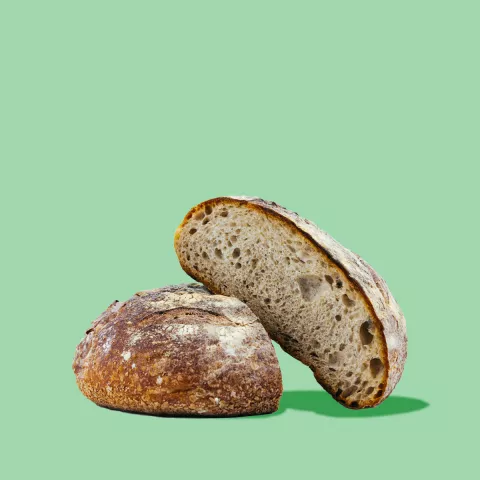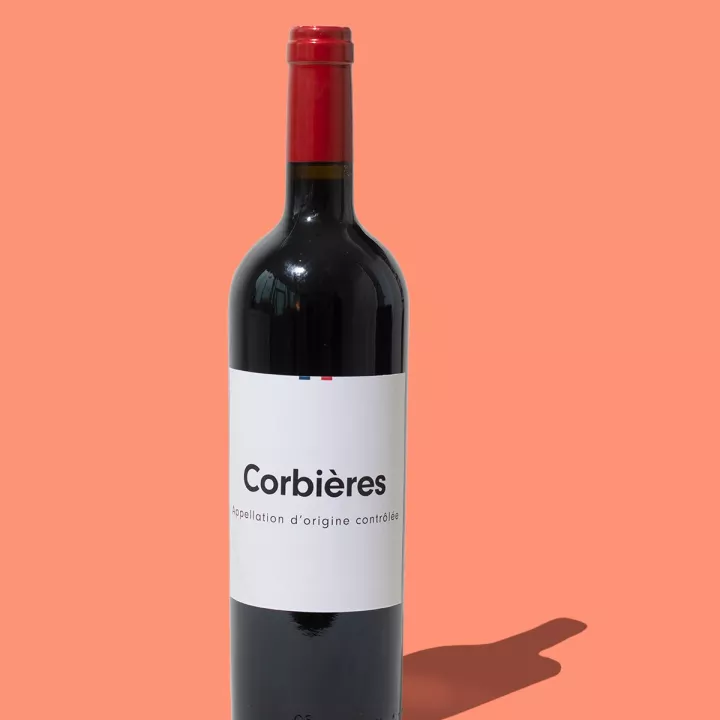
Despite a history full of ups and downs, today the Corbières AOC wine growing area is France's fourth largest appellation by volume. It mainly produces rich, spicy reds.
What you need to know
Originally planted by the Greeks and developed by the Romans, grapes have been grown in the region since the 2nd century BC. The vines were destroyed by the succession of invaders following the end of the Pax Romana, before being revived by the monks and abbeys in the Middle Ages. Following that, the vineyards again fell victim to war and it was only in the 18th century that they were re-established, thanks to the construction of the Midi canal, which boosted trade. In the 19th century, land was freed up when the olive groves were damaged by frost. At the start of the 20th century, producers began organizing themselves into a union to protect the vineyards.
In 1985, Corbières wines were awarded an AOC label. The appellation area covers a mosaic of very diverse soils (schist, sandstone, limestone, marl...), and enjoys a Mediterranean climate tempered by a maritime influence to the west. The tramontane, a strong local wind, helps dry the vines and prevent disease. The appellation is divided into four characteristic areas: the terroirs of Hautes-Corbières, Corbières-Méditerranée, Corbières centrales and Corbières d'Alaric. The Corbières AOC produces mainly red wines (85%), but also rosés (12%) and whites (3%). It is the fourth largest French appellation by volume (and the largest in Languedoc).
The main grape varieties used for the reds are: Carignan (THE Corbières grape, which gives them their typical structure and tannic intensity), Grenache Noir, Lledoner Pelut, Mourvèdre and Syrah. The varieties used for the rosés are: Carignan, Cinsaut, Grenache Noir, Lledoner Pelut, Mourvèdre, Piquepoul Noir and Syrah. The grapes used for the whites are: Bourboulenc, Grenache Blanc, Macabeu, Marsanne, Roussanne and Vermentino.
Characteristics
Smell
Look
Taste
How to use
Storage Corbières AOC
Reds: 2 to 5 years (more than 10 years for the Grands Millésimes (best vintages))
Rosés: drink young
Whites: 1 to 3 years
Pair with
For the reds, grilled red meat, game birds, porcini mushrooms
For the rosés, charcuterie, savory pies
For the whites: grilled fish, fresh goat's cheeses.

